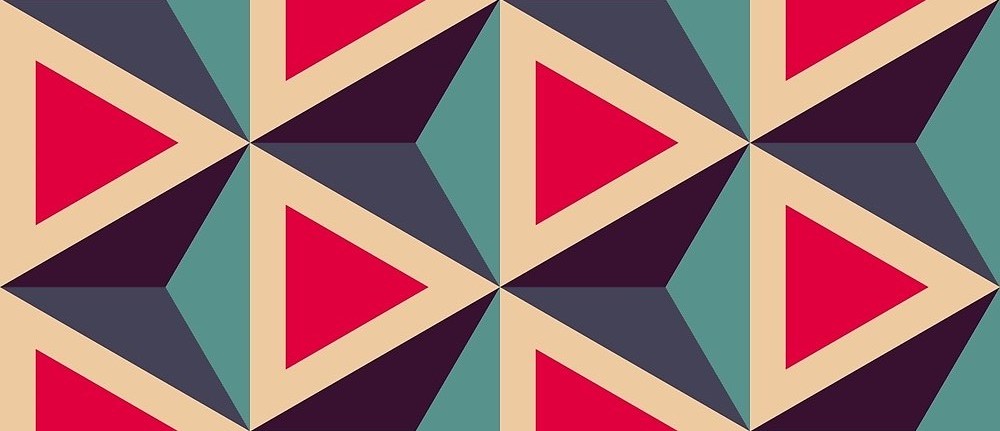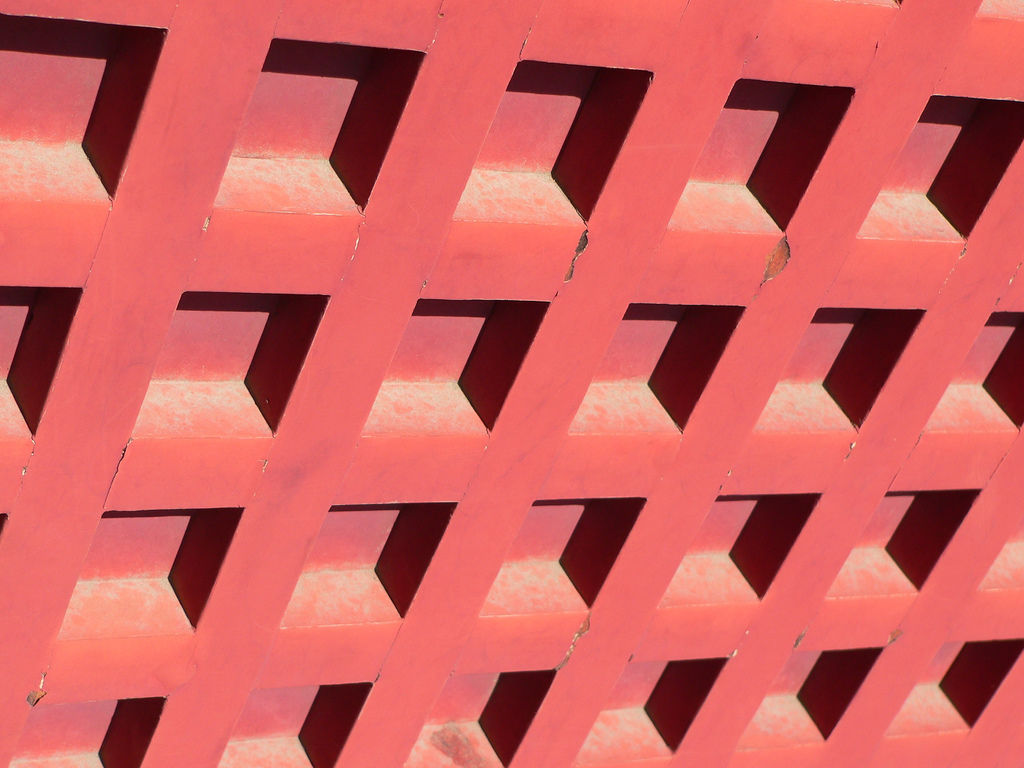Dont go using many different fonts throughout a layoutuse a maximum of three. Contrast is the.

The Design Corner Principles Of Design
Repetition means consistency and by repeating an element or a group of elements in a design you are subconsciously creating a familiarity or identity.

. REPETITION Repeat visual elements of the design throughout the piece. It is seen in repeating of shapes and colors. It invites your audience to unknowingly tie certain individual elements together.
Patterns are made up from different components which are then repeated in the same way throughout the design. Repetition strengthens a design by tying together otherwise separate parts and as a result creates. Repetition is simply the process of repeating elements throughout a design or several pieces of design collateral to give a unified look.
Alignment is one of the most basic but most important principles of design as it allows our eyes to see. Elements throughout your design. Also know what does repetition mean in design.
Pattern principle is also referred to how design elements are designed in a project and set a standard on it to easily communicate your ideas. Rhythm is a type of movement in art. That is why repetition is one of the graphic design principles that strengthen the design.
For example repeating certain hues creates color unity between elements. The entire pattern is a single coherent unit. Repetition helps to unite a document so that it looks like a.
Repetition is mainly used to make your design more consistent and easy to understand. Repeating elements or even certain properties of elements can produce many different effects but repetition fundementally creates unity in a very direct way. Repeating elements of a typeface design creates textual unity.
Repetition can be used in different fields as it is. Graphic Design Principle 2. Associated with consistency repetition refers to the repeating of elements on a page.
Contrast helps to highlight and focus attention. A seamless pattern is one that flows throughout without flaw in the beginning or end. Repetition of certain design elements in a slide or among a deck of slides will bring a clear sense of unity consistency and cohesiveness.
MOVEMENT is the use of lines color and repetition to create the illusion of motion. Contrast may be achieved using color shades of gray size visual weight and so forth. Whether it is repeating the font color for all your headings or adding a repetitive background pattern to your design repetition not only makes a design consistent it adds visual interest.
The same principle can be applied to smaller units. GRAPHIC DESIGN PRINCIPLES. Using the same heading hierarchy throughout Using the same alignment throughout the project Using the same colors Using the same logos or images BRANDING.
Movement adds excitement to your work by showing action and directing the viewers eye throughout the picture plane. That was it about contrast the first graphic design principle on our list. These repeated elements can be used to add emphasis or consistency on certain areas or even just to make the graphic look nicer.
The pattern in Graphic Design refers to a repetition of multiple graphic elements on your design working together to create an eye-catching and harmonious design. In this video I am going to discuss the 6th key design principle and discuss Repetition as a design principal in Graphic Design. CAHNRS COMMUNICATIONS Basic Design Principles.
GRAPHIC DESIGN ELEMENTS - ARE THE BUILDING BLOCKS OF GRAPHICS. Repetition of certain design elements in a book slide deck website will bring a clear sense of unity consistency and cohesiveness. Repetition is a design principle in graphic design that essentially comes down to repeating elements on a page.
The principle of Repetition refers to reusing the same or similar elements throughout your design. Where contrast is about showing differences repetition is about subtly using elements to make sure the design is viewed as being part of a larger whole. If you use a stock template from your software.
Curved forms or lines Repetition of geometric forms. How to apply Repetition. Repeating visual elements helps to unify and strengthen a piece.
Repeating proportional relationships between forms. The principle of repetition simply means the reusing of the same or similar elements throughout your design. The four graphic design principles are contrast repetition alignment and proximity CRAP.
Repetition focuses on the same object being repeated. In this video I am going to discuss the 6th key design principle and discuss Repetition as a design principal in Graphic DesignEnjoyFor. Gareth David February 8 2018 836 Views 0 Likes 3 On 2 Ratings.
5 Basic Principles of Graphic Design Alignment. Repetition of certain design elements in a design will bring a clear sense of unity consistency and cohesiveness. This applies to repeating fonts a certain type of bullet or graphical element a shape within your logo that you then carry into the rest of your design a spacial relationship or interesting layout.
You can think of it as adding consistency to a design. This is the second graphic design principle which is all about the use of repetitions of styles widths and spaces for one important purpose. Alternating lights and darks also give a sense of rhythm.
REPETITION is the use of similar or connected pictorial elements. You should repeat some aspects of your design throughout the entire piece.

5 Basic Principles Of Graphic Design

5 Basic Principles Of Graphic Design

Design Repetition Principles Of Alignment Symmetry In Graphics

Principle Of Repetition Pattern Visual Communication Design
Basic Principles Of Repetition In Graphic Design Design Guide
Basic Principles Of Repetition In Graphic Design Design Guide

Repetition Pattern And Rhythm Interaction Design Foundation Ixdf
Basic Principles Of Repetition In Graphic Design Design Guide
0 comments
Post a Comment